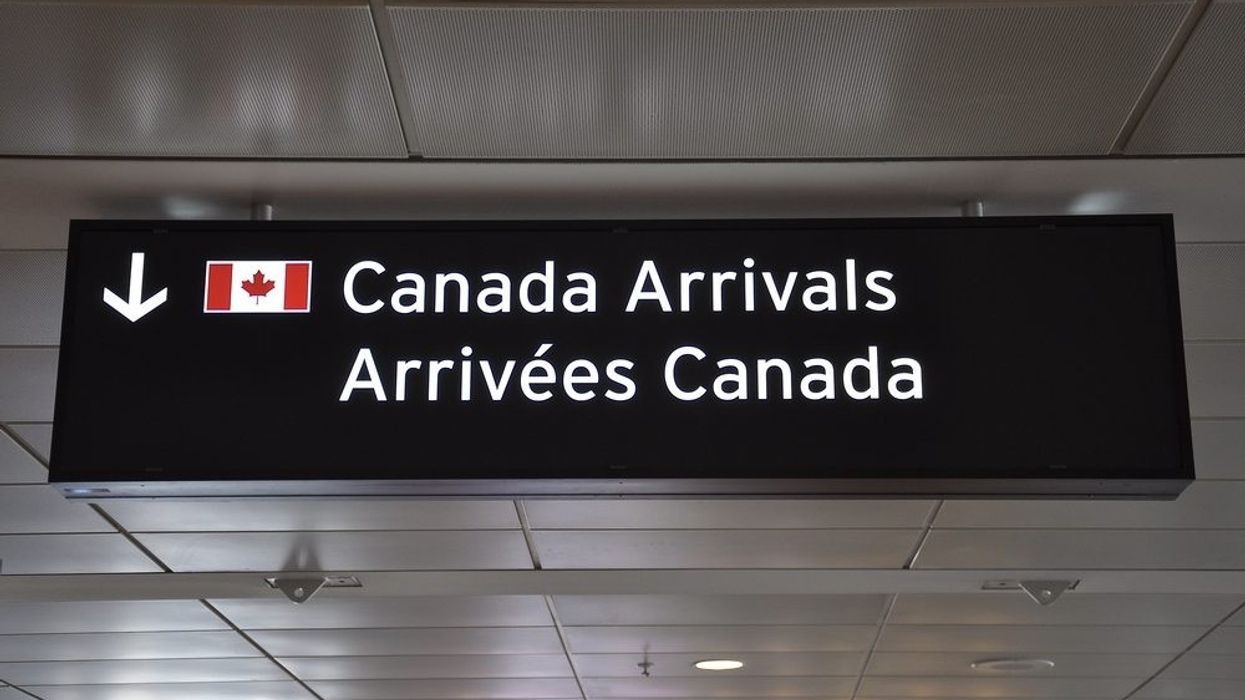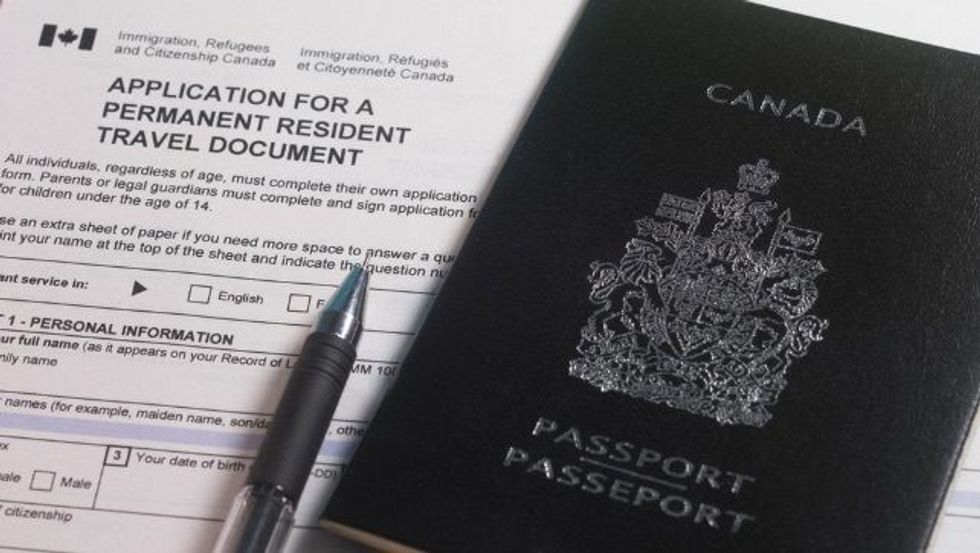Canada saw a lot of new residents in 2022 -- the largest number of newcomers ever welcomed, in fact.
According to Minister of Immigration, Refugees and Citizenship Sean Fraser, the Canadian government reached its target of 431,645 new permanent residents last year, surpassing the previous record from 2021.
In a press release issued Tuesday morning from Fraser’s camp, the Minister says that Canada has experienced one of the fastest recoveries from the pandemic -- and its relentless lockdown measures -- thanks in large part to the country’s ambitious approach to immigration. He points to how new residents enrich our communities and contribute to the economy by joining the labour force, creating jobs, and supporting local businesses.
"Today marks an important milestone for Canada, setting a new record for newcomers welcomed in a single year," said Fraser. "It is a testament to the strength and resilience of our country and its people. Newcomers play an essential role in filling labour shortages, bringing new perspectives and talents to our communities, and enriching our society as a whole. I am excited to see what the future holds and look forward to another historic year in 2023 as we continue to welcome newcomers."
Prior to setting the 2021 record, the last time Canada welcomed such a large number of newcomers was back in 1913.
Fraser’s office says that last year’s record-breaking achievement would not have been possible without the employees of Immigration, Refugees, and Citizenship Canada (IRCC), and praised them for their processing abilities. In 2022, IRCC processed approximately 5.2M applications for permanent residence, temporary residence and citizenship. That's double the number of applications processed in 2021.
In order to accommodate another record-breaking year on the immigration front, Fraser’s camp says the IRCC has added resources, embraced new technology, streamlined processing, and brought more processes online. In the Fall Economic Statement, the government committed an additional $50M in 2022-23 for IRCC, to address ongoing application backlogs, speed up processing, and allow skilled newcomers to fill critical labour gaps faster.
The current labour shortage is compounded by an aging population, as the baby boomers continue to retire. As a result, the worker-to-retiree ratio is expected to shift from the 7:1 ratio seen 50 years ago to 2:1 by 2035.
“As the Government of Canada focuses on addressing the acute labour market shortages we are facing today and building a strong economy into the future, one thing remains certain: immigration is a key part of the solution,” reads the release. It outlines how immigration accounts for nearly 100% of Canada’s labour force growth.
In addition to filling gaps and stimulating the labour market, immigration is also widely seen as a solution to the current state of the country’s housing market -- depending who you ask, that is. Canada’s immigration targets are highlighted with each new controversial housing policy introduced -- from the Ford government’s plan to develop on so-called protected Greenbelt land to Mayor Tory’s self-proclaimed “ambitious” plan to increase density in Toronto.
In a panel discussion this past fall, a handful of the most influential developers in the Greater Toronto Area pointed to mass immigration as the golden ticket to get more shiny new condos popping up in Toronto's skyline.
“Positive economic factors include our immigration policy,” said RioCan Living Vice President Kalliopi Karkas at the time. “It’s a good news story from a development point of view. I think it’s doing all the right things. We have a bunch of things that could be called sore spots: construction cost increases, labour shortages, high interest rates, and it’s more expensive to build and carry a project. Immigration is one of the positive things happening for residential real estate, however, especially when people continue to move into the city at exponential rates.”






















